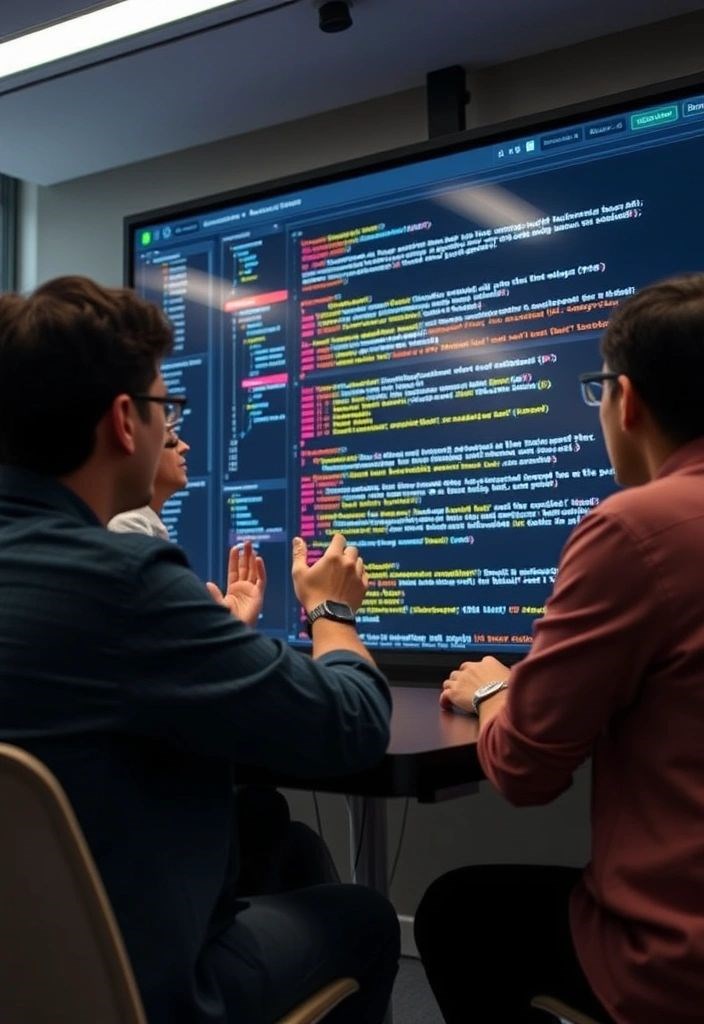Error handling is a crucial aspect of programming that helps developers deal with the unexpected states and conditions in order to create robust code. It is however surprising that whatever the language used one does commit some errors. The capacity of a programmer in detecting, understanding and handling such errors determines the reliability and efficiency of the application. It is much better to be more focused on the preventative side rather than the reactive side.
Knowing what kind of errors one is prone to can already help in preventing them from occurring. Syntax errors, runtime errors, and logical errors each demand specific attention. Some common types of errors easy to identify include Syntax errors which are triggered by violation of language rules. However, runtime errors occur during the execution step while the logical errors affect results without displaying a warning.
Fault handling structures like try-catch blocks (used in Java, C++, Python, and other languages) enable developers to handle exceptions systematically. Rather than leading a program to fall, such structures cause the code to handle the error in a proper way mostly by writing the error message. It is a further beneficial structural feature since it improves the experience of users as well as the practice of debugging.

The role of Debugging tools and techniques cannot be ruled out while handling errors. Breakpoints are an optimal tool of an IDEs that allow isolating the problem and finding out where the error is while watch expressions and step-through execution show where the error was made by identifying the component that caused it. They also mean that there are unit test cases for writing the code, which in turn means further testing will show that changes did not introduce old bugs.
Finally, good error handling is not just about fixing bugs, but about writing good code that can handle errors in the best ways possible. Product design, proper comments, and group code reviews enhance project sustainability in the long run. Incorporating error handling into the development process instead of adding it at the last stage improves the productivity of an application since the programmer is able to manage the system better by limiting the time of its downtime.
Conclusion
In conclusion, To achieve high-quality, reliable, and convenient applications, the issue of error-handling must be addressed. Developers have to pursue structural activities, from recognizing types of error to utilizing a debugging tool and writing constructive and testable code. It is in this context that enforcing error control at the micro-level during the process of software construction does not only avoid failure but helps to fix possible problems in the future.